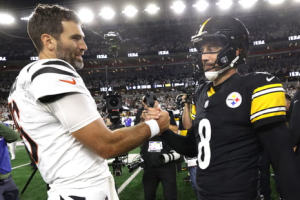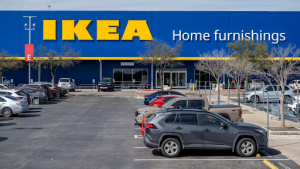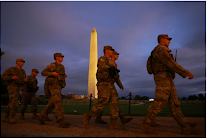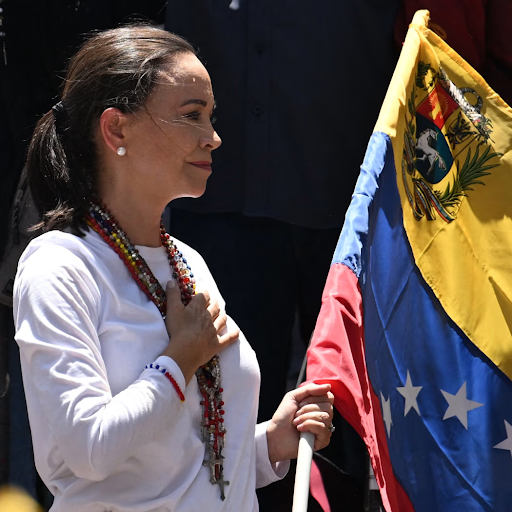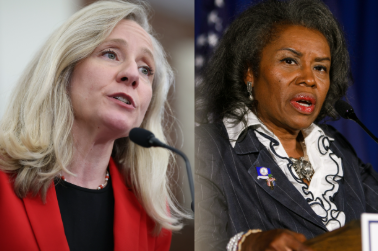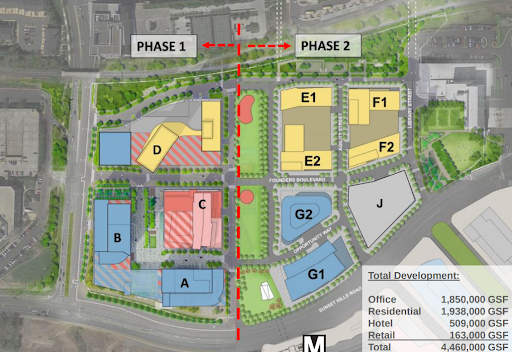D.C. visitors may have noticed the change in scenery and environment with the military personnel and tanks. President Trump’s new policy has positioned the National Guard in the nation’s capital which has sparked lots of debate. Trump claims that this move is necessary to combat crime in Washington, D.C. and is even suggesting expanding this tactic to other major cities.
On August 11th, 2025, Trump announced the military’s deployment in the District. “We’re starting very strongly with D.C., and we’re going to clean it up real quick,” Trump said. “I’m going to look at New York in a little while … And if we need to, we’re going to do the same thing in Chicago, which is a disaster.”
Pointing to violent crime statistics in D.C., he has framed the deployment of troops as a successful way of imposing “law and order.” On the other hand, many critics of his new policy have pointed out the fact that D.C.’s crime rate has been decreasing and that it is currently the lowest it has been in 30 years.
D.C. city leaders, like D.C. Mayor Muriel Bowser and some organizations have expressed deep concern. They argue that using military force for domestic policing confuses the boundaries of democracy and blurs the limit of what exactly the government can and cannot do.
Critics raise concerns about the differences of the military’s interactions with civilians, as they are not trained the same way as average police officers and may handle civilians with harsher tactics. They worry that this could lead to the federalization of law enforcement in cities against the wishes of local and state governments.
While there have been fewer crimes in the District, mayor Muriel Bowser highlighted the “break in trust” between the police and D.C. residents. As of August 24th, 2025, the National Guard also began to carry weapons which resulted in almost 2,200 troops armed with either M-17 pistols or M-4 rifles.
The situation creates a complex discussion because for some, the armed Guard is a necessary tool for safeguarding the importance of a national capital. For others, this is a part of a larger debate over crime, federal power, and just how far the government should go to ensure public safety.
The debate guarantees that the sight of armed troops in Washington D.C. will remain a deeply contested image, representing either a necessary defense of institutions or a precedent for a new, more militarized approach to fighting crime in American cities.


